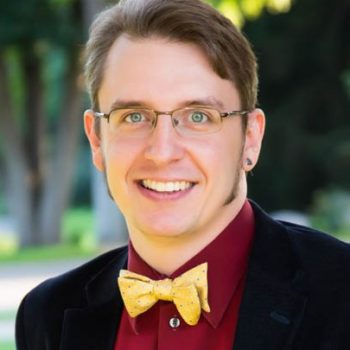It’s surprising how a chaplain’s visit
will resemble a Shakespearean script,|
artifice shaping the entire event
when one steps on a hospital unit.
Like a thespian’s stage, this medical setting
attempts to suggest memories of home
with a pair of chairs and a floral print
despite IVs and stretchers claiming otherwise
and everyone is costumed for their role:
doctors in lab coats, nurses in blue scrubs,
patients in gowns or street clothes without belts
and the chaplain in his knit cardigan.
When we sit next to end-tables to talk
conversations don’t follow social norms,
that back-and-forth banter from coffee-shops.
No, instead the care-seeker takes the lead,
encouraged to speak in soliloquies,
prolonged reflections that explore the self,
usually with tragedy: a sickness,
a childhood rape, a death of a father,
while my task, Horatio to Hamlet,
is to serve as a dignifying ear,
curious as I listen to the spoken text
about what moves or penned this character.
Sometimes I voice a paraphrasing line
or comment to inspire further discourse
but I must not wander from witnessing
the real person seated before me;
all these structures here acting to mirror
the soul to itself to be known –
what both reveals
and heals.
Photo by Jon Tyson on Unsplash

